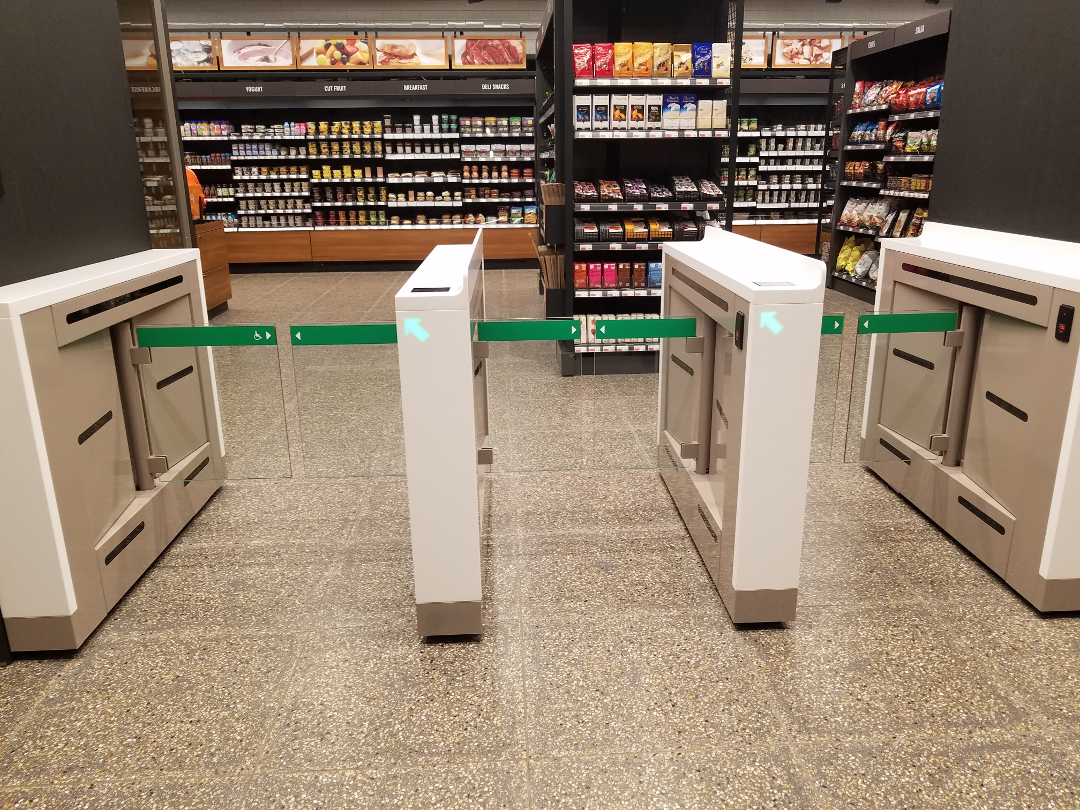
Artificial Intelligence: Master the machine? Or mastered by the machine?
AI KILLED THE CREATIVE STAR?
The question of whether machine-generated texts can be as creative and original as human-generated texts has been a topic of interest for many researchers, writers, and readers in recent years. While advances in natural language generation have enabled the creation of realistic and coherent texts on various topics and genres, there are still some subtle but significant differences between human and machine-generated texts that can be detected by careful analysis. In this article, we will explore some of these differences and how they can be used to identify the authorship of a book.
One of the main differences between human and machine-generated texts is the level of creativity and originality. Human writers tend to use more diverse vocabulary, metaphors, similes, analogies, and other rhetorical devices to convey their ideas and emotions. They also tend to create more complex and nuanced characters, plots, and settings that reflect their personal experiences, knowledge, and imagination. Machine-generated texts, on the other hand, tend to rely more on existing data and information, such as books, articles, websites, and other sources. They often use more common words, phrases, and expressions that are frequently found in the corpus they are trained on. They also tend to produce more generic and predictable characters, plots, and settings that follow common tropes and patterns.
By analysing the level of creativity, originality, vocabulary, and structure of a text, it is possible to distinguish between human and machine-generated texts. Human-generated texts tend to exhibit more variation, complexity, and depth, while machine-generated texts tend to be more uniform, predictable, and shallow. However, it is worth noting that some machine-generated texts can be very convincing and difficult to distinguish from human-generated texts, especially if they are designed to mimic a particular style or genre. Therefore, it is important to use multiple criteria and methods to identify the authorship of a book, such as stylometry, sentiment analysis, and content analysis.
Artificial intelligence (AI) is a rapidly developing field that has the potential to transform various aspects of human life, including creativity. While creativity is often seen as a uniquely human trait, AI systems are increasingly capable of generating novel and original content, such as music, art, poetry, and stories. The interaction between artificial intelligence and human creativity can have several benefits and drawbacks.
One possible benefit of artificial intelligence interacting with human creativity is that it can enhance and augment human creative potential. AI systems can provide humans with new tools, techniques, and inspiration for creating content, as well as feedback and evaluation. For example, AI can help humans generate new melodies, harmonies, and lyrics for music composition, or suggest new plot twists, characters, and settings for story writing. AI can also help humans discover new styles, genres, and forms of expression, or combine existing ones in novel ways. AI can also assist humans in editing, refining, and improving their creative output.
Human-generated texts tend to exhibit more variation, complexity, and depth, while machine-generated texts tend to be more uniform, predictable, and shallow.
Another possible benefit of AI interacting with human creativity is that it can democratize and diversify creative production and consumption. AI systems can lower the barriers to entry and reduce the costs of creating content, making it more accessible and affordable for more people. AI can also enable more people to participate in and enjoy creative activities, regardless of their background, education, or skill level. For example, AI can help people learn new languages, instruments, or artistic techniques, or provide personalized recommendations and feedback. AI can also foster cross-cultural communication and collaboration by translating and adapting content to different languages, cultures, and contexts.
However, there are also some potential drawbacks of artificial intelligence interacting with human creativity. One concern is that AI-generated content may lack the emotional depth, nuance, and authenticity of human-generated content. Another concern is that AI-generated content may perpetuate biases, stereotypes, and inequalities that exist in society, if the training data and algorithms used to create it are not diverse, inclusive, and ethical. Moreover, AI-generated content may raise questions about authorship, ownership, and intellectual property, if it blurs the line between human and machine creativity.

